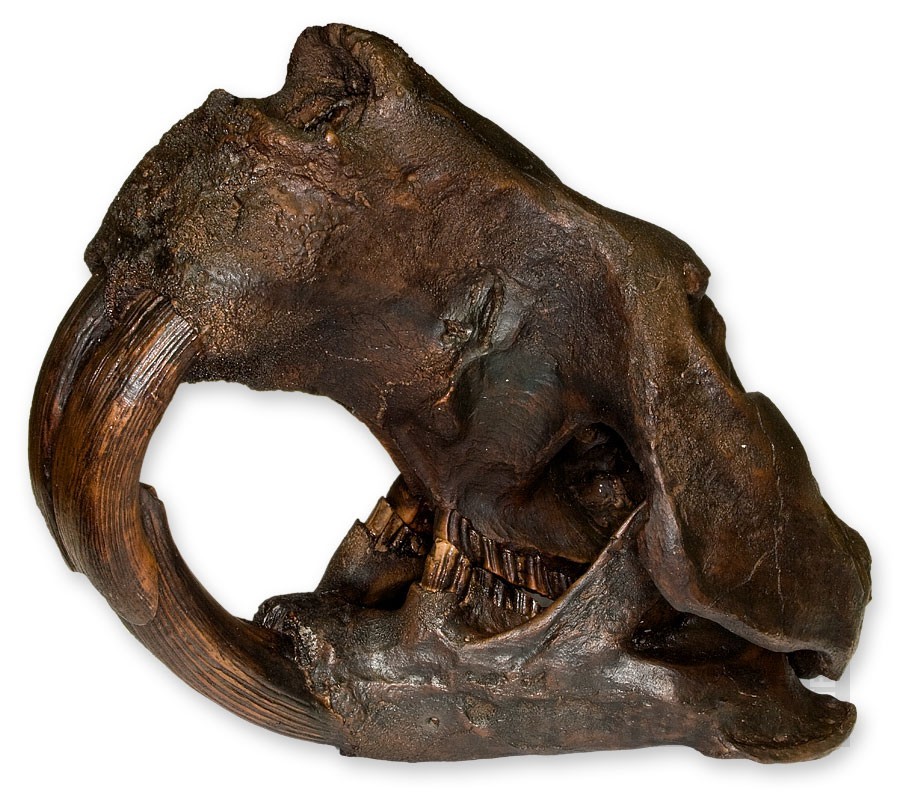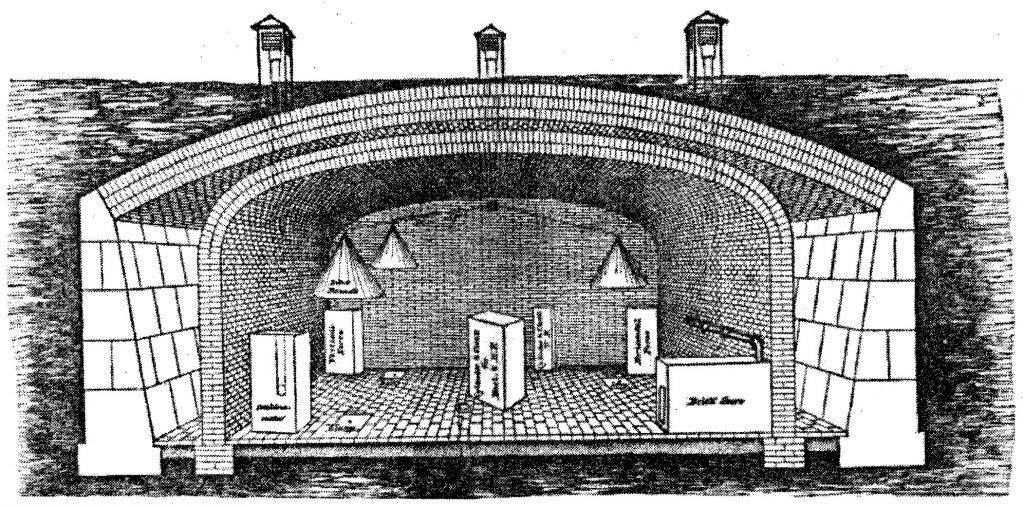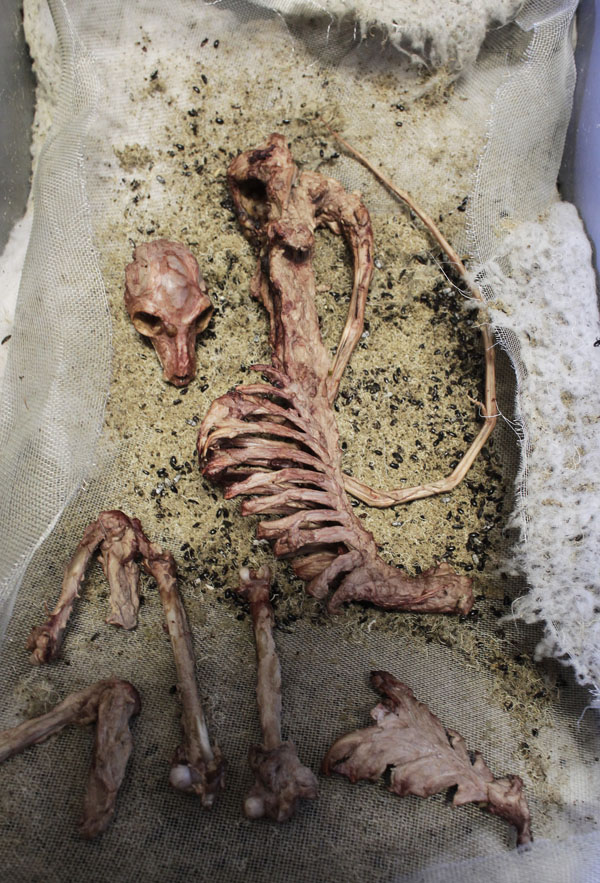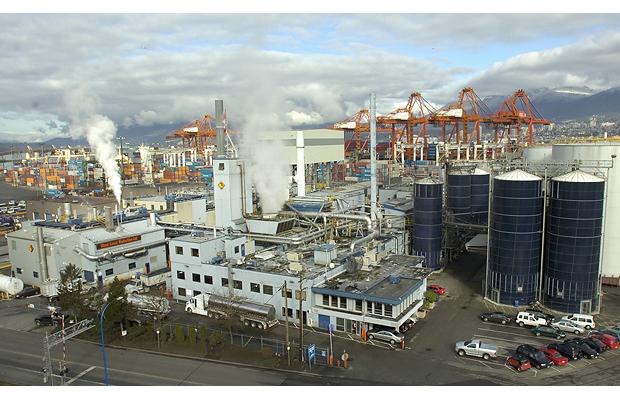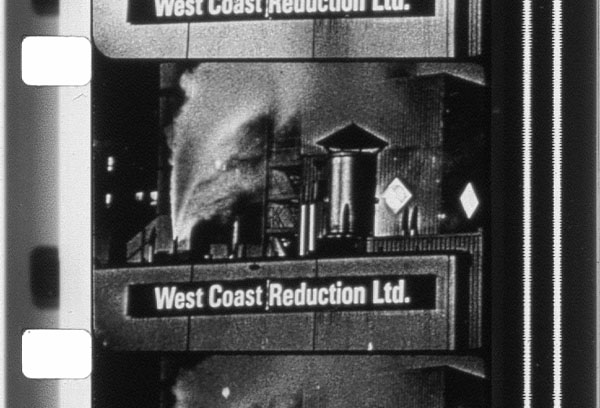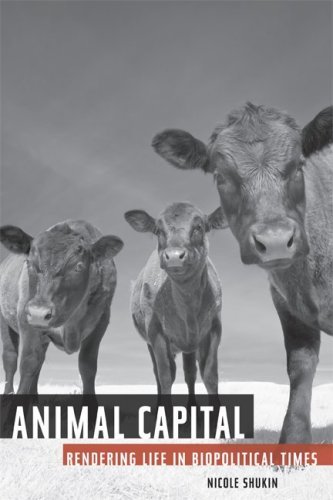Thank you for the Artemia blog welcome. In previous posts topics have included whale music, flesh-eating beetles, the animal rendering facility in east Vancouver, aliens, tattoos, commodities, etc. Sticking with the animal theme, this post is about fish. Southwest of Williams Lake in British Columbia’s interior Teztan Biny or Fish Lake has received important media coverage over the last few years because of the (re)proposed Prosperity gold-copper mine. The Tsilhqot’in Nation has expressed continued concern with the proposed mine, including opposition associated with the initial, rejected environmental impact assessment.
This initial rejected proposal included a plan to drain Fish Lake, which involved the mining company’s congruent plan to relocate the fish from the Lake. Though in 2010 the federal environmental review did not deem the mine environmentally sound, the company continues to pursue the project and has submitted a ‘new’ environmental impact assessment. The Tsilhqot’in Nation expresses continued concerns over the proposed mine, including inadequate consultation efforts.
Getting back to the blog themes, Artemia is in some ways about the economies of life, like the lives of the fish in Fish Lake that managed to avoid relocation through the initial federal environmental review process. Artemia’s theme of the economies of life, however, seems equally about the economies of death. Not to be morbid here, but previous blog references to the movie Alien and flesh eating beetles could be read as the economies of a lack of existence/life as opposed to the economies of life/existence. In other words, one of the Artemia’s themes (the economies of life) extends beyond ‘life’ and is also about threats to life. To the economies of life, encounters that question the life/death, existence/non-existence dichotomy are central. Are the economies of life as much about lives avoiding death? Like the relocation of fish, and the threat to aqua livelihoods in Fish Lake?
In relation to the proposed gold-copper mine, the fish in Fish Lake have avoided relocation, but have not avoided being referred to as a moveable living subject directly related to the economies of gold exchange. This proposed exchange was based on the insignificance of the fish in Fish Lake relative to the potential ‘prosperity’ that could be attained through gold-copper extraction. These moments and economies of exchange could be read as the economies of life, economies of avoiding death or perhaps the very economies of existence.

